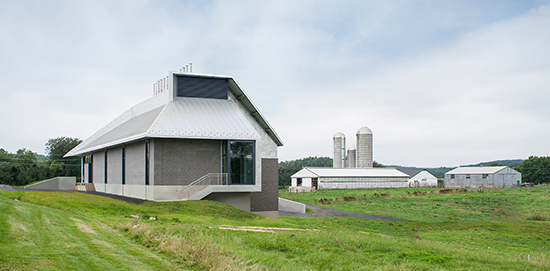
From buildings achieving LEED Gold, to our Sustainability Action Plan, to our research on thermal bridging, 2013 was a year of continuing to push our building typologies to become more energy efficient. We have long recognized that our focus on energy-hungry building types brings added responsibility. From our earliest projects which employed passive technologies such as sunscreens and natural ventilation, our work has treated sustainability as a key determinant of an integrated design practice.
For us, sustainability is the reflection of a core value expressed as an essential characteristic of our work. We embrace the technical and quantitative domains of design as passionately as we explore its qualitative and poetic dimensions. This year we explored the energy savings possible in a biocontainment building, supported energy disclosure in Boston and shared our sustainability action plan in response to the AIA 2030 Commitment. Check out a few of our top sustainability posts in 2013.
Sustainable Action Plan
Alejandra Menchaca and Andrea Love
As part of our support of the AIA 2030 Commitment, we have developed a Sustainable Action Plan aimed at reducing the environmental impact of our work.
2012 Reporting for the AIA 2030 Commitment
Alejandra Menchaca and Andrea Love
Minimizing the environmental impact of our practice is a priority at PAYETTE.
Biocontainment + Sustainability
Kevin Sullivan
It is not often that we get the opportunity to design a self-contained BSL-3+ stand-alone building, much less one located in a cow pasture surrounded by barns.
Energy Disclosure: Boston
Andrea Love
The Mayor has proposed the ordinance as part of the City’s efforts to achieve a 25% reduction in carbon emissions by 2020.
Thermal Imaging Update
Miep Keller and Marceli Botticelli
By analyzing various built details of eight buildings designed by PAYETTE, our research effort sought to quantify the impact of thermal bridges on building performance in commercial façades.

